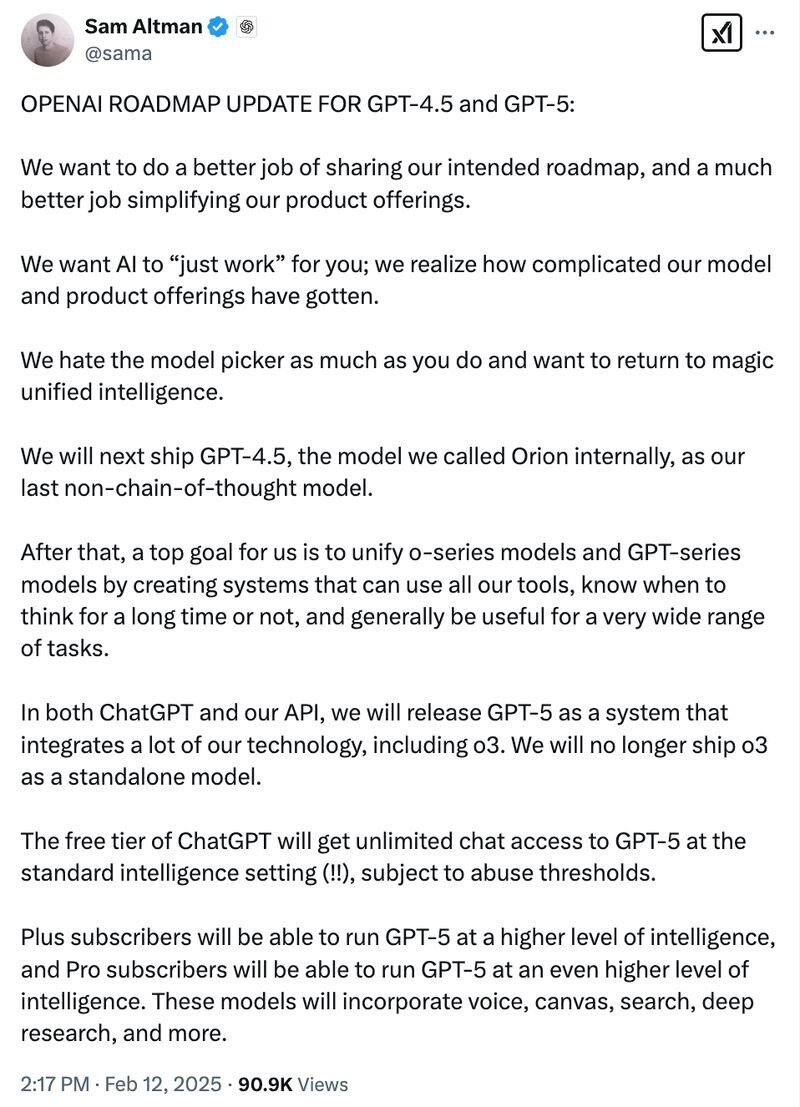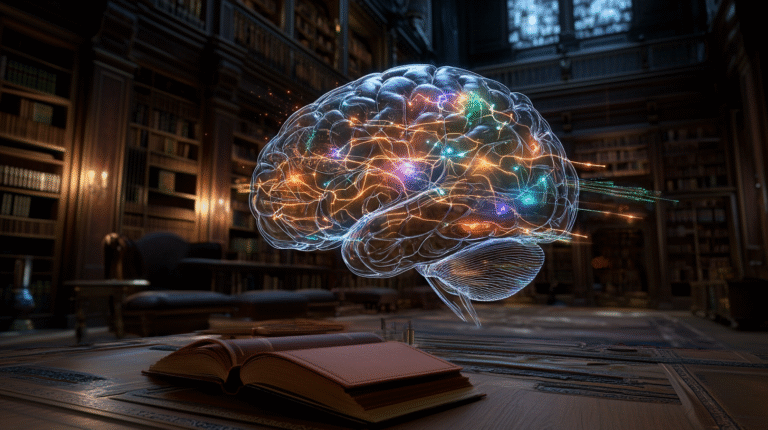GPT vs. Reasoning AI: Key Differences and How to Leverage Both Effectively
In a world where new AI models seem to pop up every couple of weeks lately, selecting the appropriate model for your specific needs is crucial. Two prominent categories have emerged: Generative Pretrained Transformers (GPT) models and reasoning models.
Understanding their distinct capabilities and ideal applications can significantly impact the efficiency and effectiveness of your AI-driven projects.
GPT Models: The Swift Content Generators
GPT models, such as OpenAI’s GPT-4o or Anthropic’s Claude, are designed for rapid content generation and language processing tasks. They excel in producing human-like text swiftly, making them invaluable for applications that require quick and coherent content creation.
Ideal Applications for GPT Models:
- Content Generation: Crafting marketing materials, blog posts, and social media updates where speed and fluency are paramount.
- Customer Service Automation: Providing instant responses to customer inquiries, enhancing user experience with timely interactions.
- Data Summarization: Condensing large volumes of information into concise summaries for easy consumption.
For instance, a company might employ GPT-4o to generate personalized email campaigns, ensuring each message resonates with its target audience without the need for extensive manual drafting.
Reasoning Models: The Analytical Problem Solvers
In contrast, reasoning models are engineered to tackle complex tasks that require deep analytical thinking and multi-step problem-solving. OpenAI’s o1 and o3-mini models, Google Gemini 2.0 Flash Thinking and the DeepSeek-R1 models, exemplify this category by employing a “chain-of-thought” approach, allowing the model to deliberate and reason through intricate problems before arriving at a solution.
Ideal Applications for Reasoning Models:
- Complex Decision-Making: Analyzing multifaceted scenarios to provide strategic recommendations.
- Scientific Research: Solving advanced mathematical problems or conducting in-depth data analysis.
- Legal Document Review: Interpreting and summarizing extensive legal texts, identifying key issues and implications.
For example, during internal evaluations, o1 achieved an 83% success rate on the International Mathematics Olympiad’s qualifying exam, significantly outperforming its predecessors.
Choosing Between GPT and Reasoning Models
The decision to use a GPT model or a reasoning model hinges on the nature of the task at hand:
Opt for GPT Models When:
- Speed is Essential: Tasks like real-time customer interactions or rapid content updates benefit from GPT’s swift responses.
- Tasks are Routine: Standardized processes that don’t require deep analysis are well-suited for GPT models.
Opt for Reasoning Models When:
- Complexity is High: Challenges involving intricate problem-solving or strategic planning necessitate the advanced reasoning capabilities of models like o1.
- Accuracy is Critical: In fields such as legal analysis or scientific research, the precision and depth of reasoning models are indispensable.
Integrating Both Models for Optimal Results
There definitely is great value in combining both GPT and reasoning models to leverage their respective strengths. This hybrid approach ensures that tasks are handled by the most suitable AI, enhancing overall efficiency and effectiveness.
Practical Implementation:
- Initial Query Handling: Deploy a GPT model to address straightforward customer questions, providing immediate assistance.
- Complex Issue Escalation: When a query surpasses the GPT model’s capabilities, seamlessly transition to a reasoning model for a more nuanced and thorough response.
- Quality Assurance: Utilize the reasoning model to evaluate and refine outputs from the GPT model, ensuring consistency and accuracy across communications.
This layered strategy not only optimizes resource utilization but also enhances user satisfaction by delivering prompt yet precise information.
Considerations and Future Trends
As AI technology continues to advance, the lines between GPT and reasoning models may blur, leading to more versatile and capable systems.
Sam Altman recently suggested that in the future they will have a system that decides by itself when it will use the GPT model and when it will use a reasoning model. Because, let’s face it, even for people like myself who are following all the developments up close, it gets confusing sometimes to decide which model to use when.

However, current distinctions necessitate a thoughtful approach to model selection. Reasoning models often require more computational resources, potentially leading to higher operational costs. Assessing the cost-benefit ratio is essential when integrating these models into your workflows.
AI technology is more accessible than ever, but choosing the right tool is key to maximizing its benefits. By understanding when to use GPT models and when to rely on reasoning models, you’re already ahead of the game.







